Today, I’m sharing parenting tips on decorating a small home. Whether you’ve moved to a smaller home because of financial constraints, kids have moved out, or because the house was too big, you still have to make sure the new place looks good. You’ll want to create a homey feel, give it a personal touch and make it is a special place you’ll love coming back to at the end of the day.
Decorating a small house on a budget needs careful deliberations. You don’t want to make the house look cluttered, and at the same time, you want to stay within your budget.
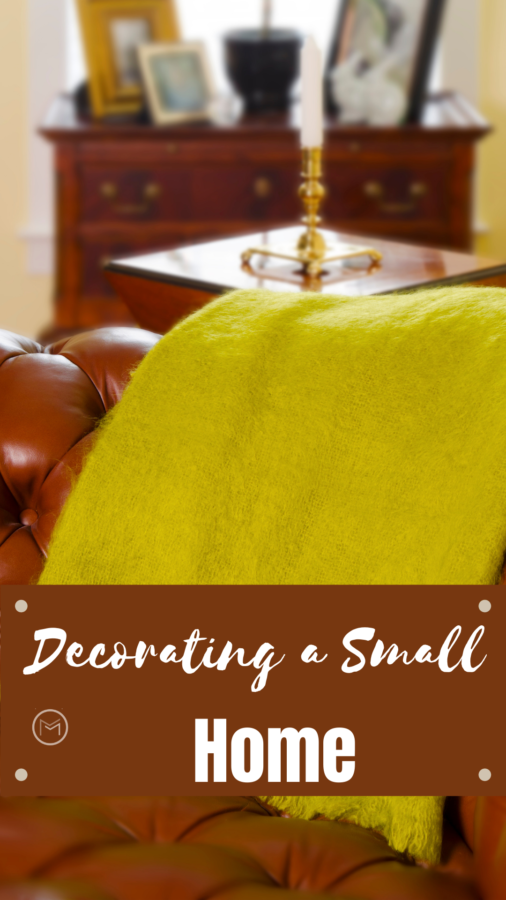
Decorating a Small Home
Consider the Cost of Installation and Maintenance of Projects
Some home spruce-up ideas are easy to install but require more maintenance which means you’ll use more money in the long run. Other ideas might not use up a lot of your money, but they need a lot of time to install..
Curb appeal is important regardless of the size of your house. One way to spruce-up your home is artificial grass installation. The grass will look good throughout the year and doesn’t need any watering, fertilizer, or mowing. It’s the perfect lawn alternative if you don’t want to take care of a garden or lawn or don’t have the time.
Another consideration for your curb appeal is paint. A good paint will serve an aesthetic purpose, but it should be durable. Especially, if you have a pet or small kids. Select oil-based paints instead of water-based ones because oil-based is more durable. For the outdoors, choose exterior paints. They’ll withstand harsh weather elements such as the sun, rain, and snow.
Prioritize Storage Space When Decorating a Small Home
When downsizing, storage space will be at a premium. To avoid cluttering the house, utilize all of your storage space, but keep it organized.
Consider installing cubby holes around your bedrooms or even under the bed. Furthermore, an excellent idea when maximizing storage space is using furniture with hidden storage. For instance, use a chest of drawers for storage or old an TV armoire.
Install a linen cabinet under your bathroom sink and add wall-mounted shelves. It will give you additional storage space and keep everything clutter-free and organized.
Control Your Buying Habits
Space is the primary consideration when buying new items for your smaller home. Too much will make the place look cluttered and will affect the mood. So, think about your space when you’re purchasing new furniture or if you really need the item. Being more selective with what you buy will also save you money.
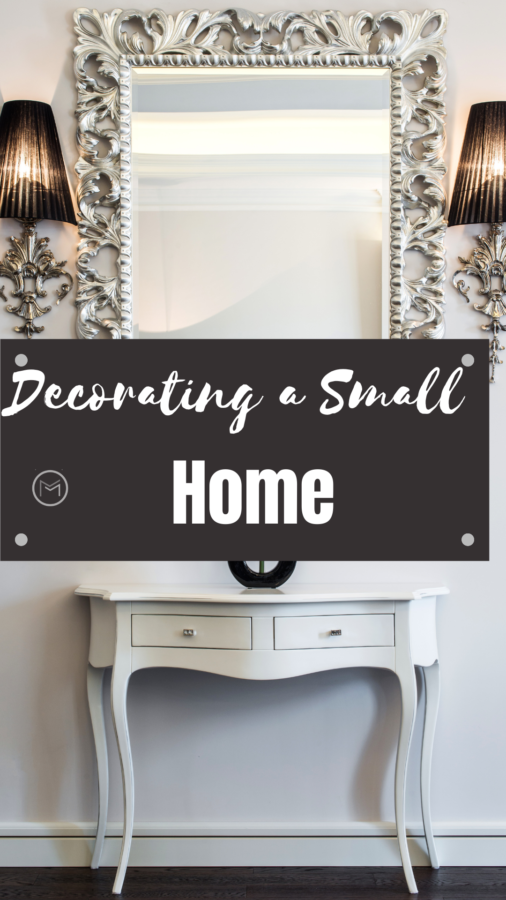
Prioritize Lighting
A small dark space tends to feel even smaller and dull. Good lighting can significantly affect the mood, especially when you’re living in a smaller home.
Ensure all rooms have adequate lighting by having light fixtures or opening up dark corners. You can open rooms or add more windows to let in more light. Also, use accent pieces such as LED lights, candles, and lamps strategically placed at corners or above storage units.
When decorating a small house, make a small space look larger by adding mirrors. Mirrors aren’t just for decoration and vanity anymore, but they can create an illusion of a larger area. If you have a small hallway or staircase, place a mirror in the wall opposite to see if it gives off an optical illusion that makes the place look bigger and brighter.
Decorating a Small House Requires Quality
Although budget is a significant factor, always go for quality products and services even when they cost more. For instance, dealing with contractors and other service providers that are less expensive doesn’t mean they don’t deliver quality.
Today, I’m sharing tips on decorating a small house. You’ll eventually spend more when you have to get them to come over for repairs or look for someone else to repeat the job. For example, if a contractor specializes in renovations or carpentry work instead of painting, don’t let them handle paintwork to save on expenses.
You can also apply the same strategy when hiring a professional cleaner. Instead of hiring cheaper ones, go for cleaning services with high ratings and positive reviews to ensure you’re getting your money’s worth. It will save you a lot of stress in the long run and protect your valuables. The same goes when choosing paint. It’s always worth spending a little extra money on paint that will last longer.

Give The Home a Personal Touch
Do you have a particular theme or color scheme that you can’t seem to shake off? The idea is to decorate the home with furniture and other items in colors and patterns that you love. It will make your home reflect your personality, making you feel happier with the results.
However, don’t overdo it. Ensure you have a balance between what you can afford and what makes you happy. You can also throw in some extra colors with accents such as paintings, decorative pillows, lamps, flowers, and plants.
Don’t be afraid to mix patterns or color. They can create a bold look and make your decor stand out.
Also, decorate by room instead of doing it for the entire home. It will make styling less expensive and less stressful. It will also give each room the intended personality. You’ll be happier with the result, and it will also be easier to change the design.
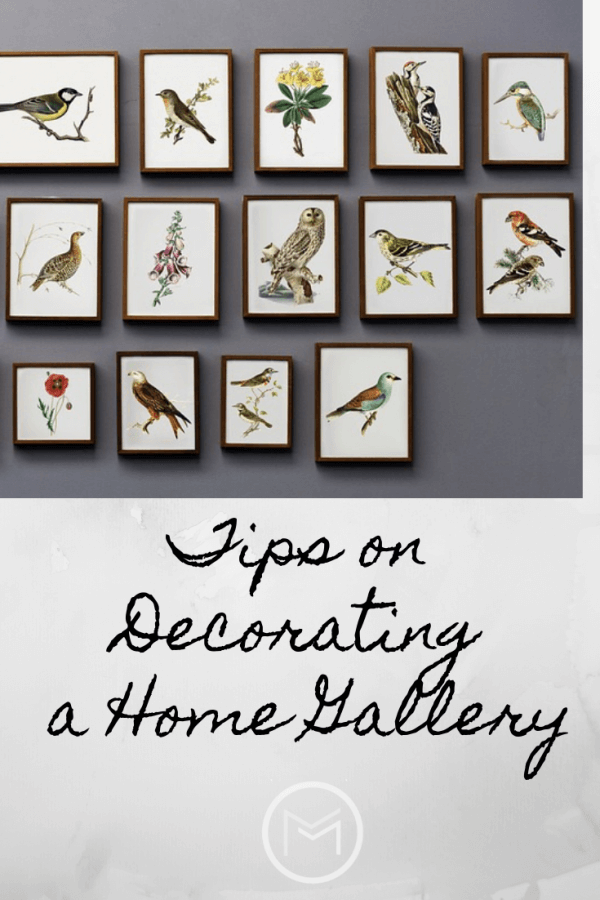

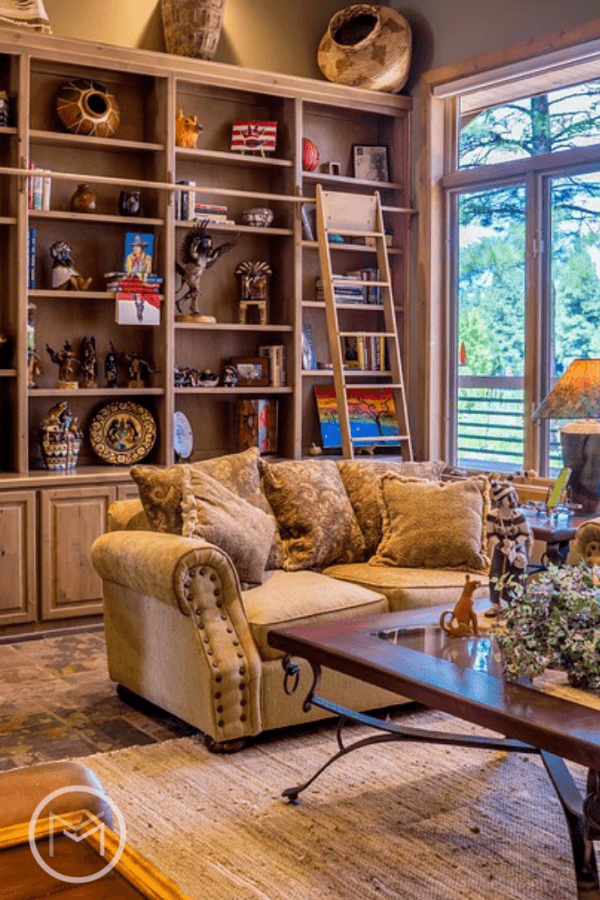
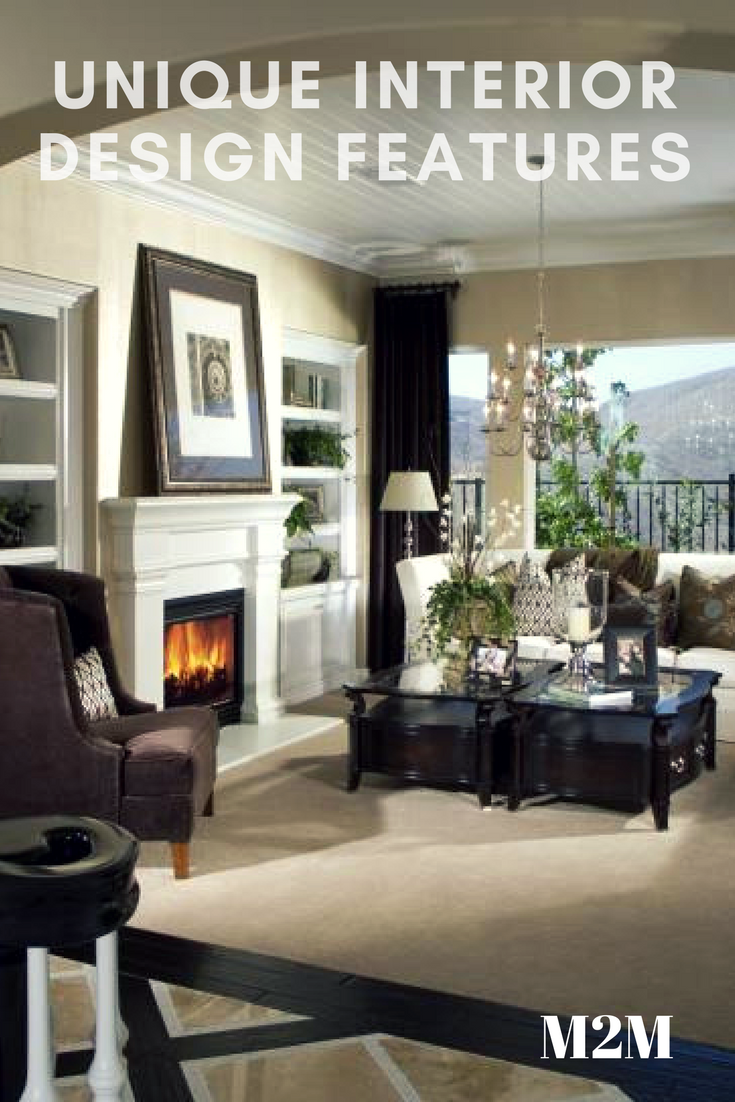
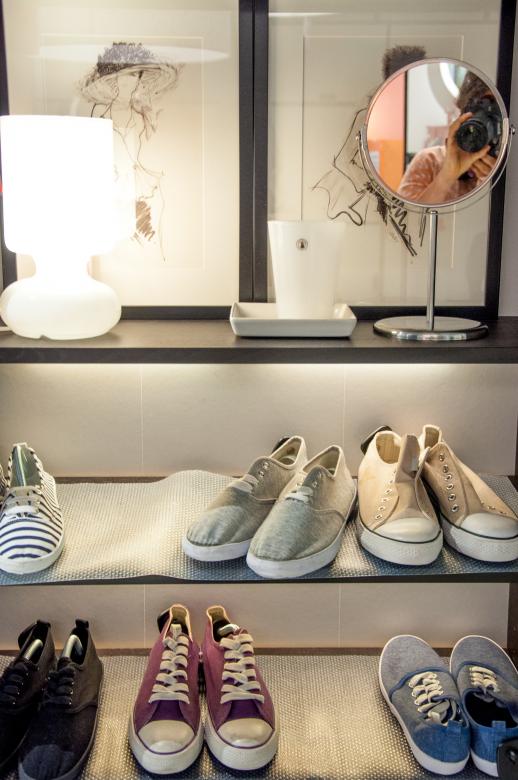
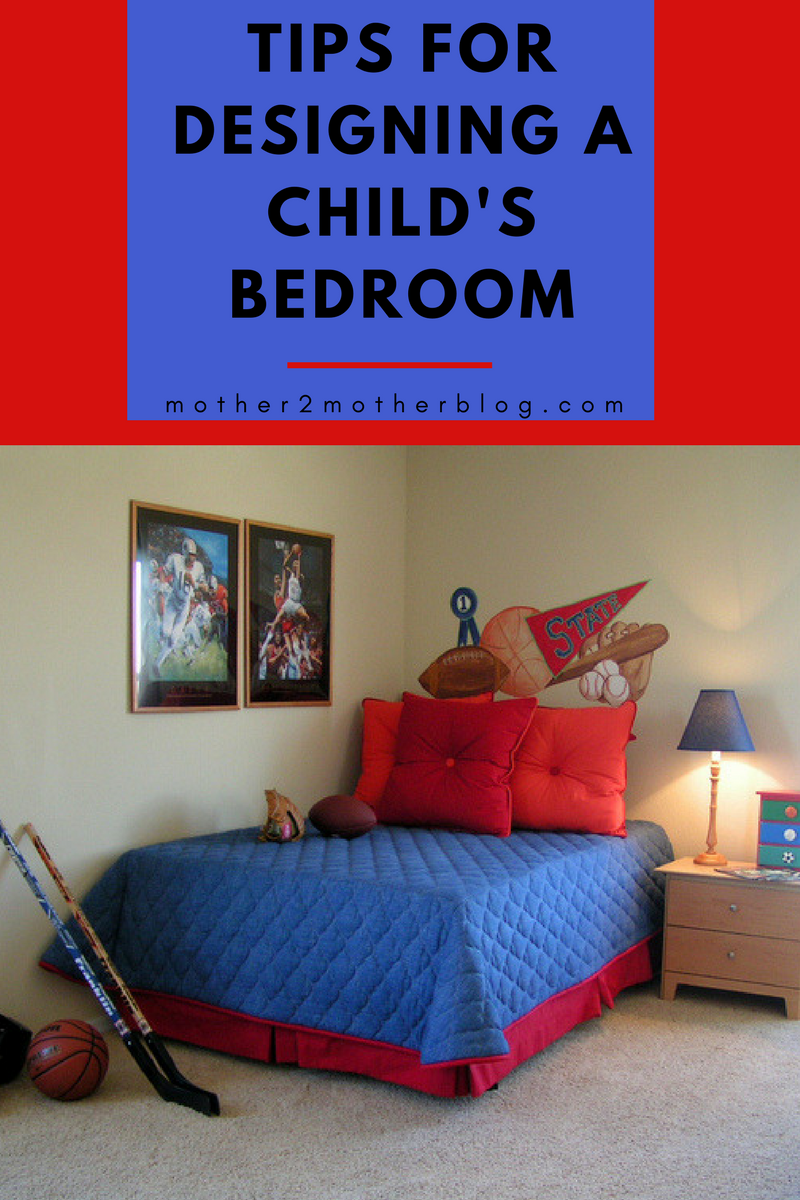
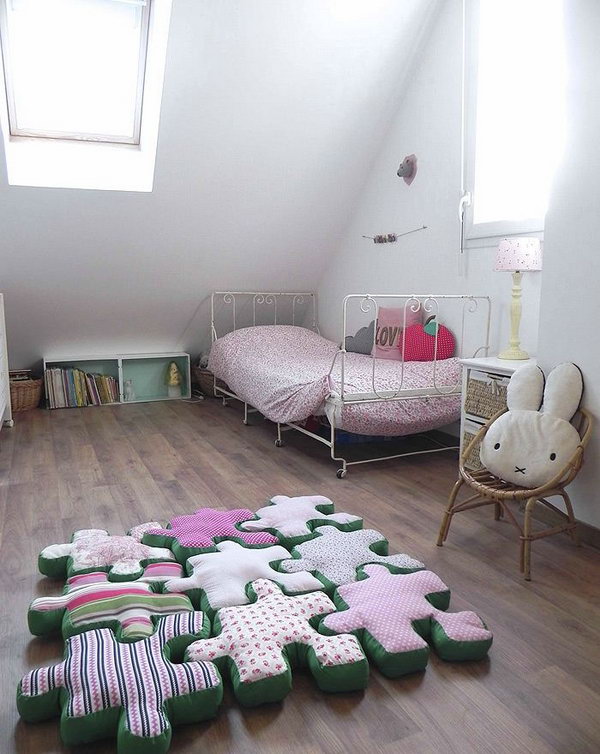 Photo Credits:
Photo Credits: 



